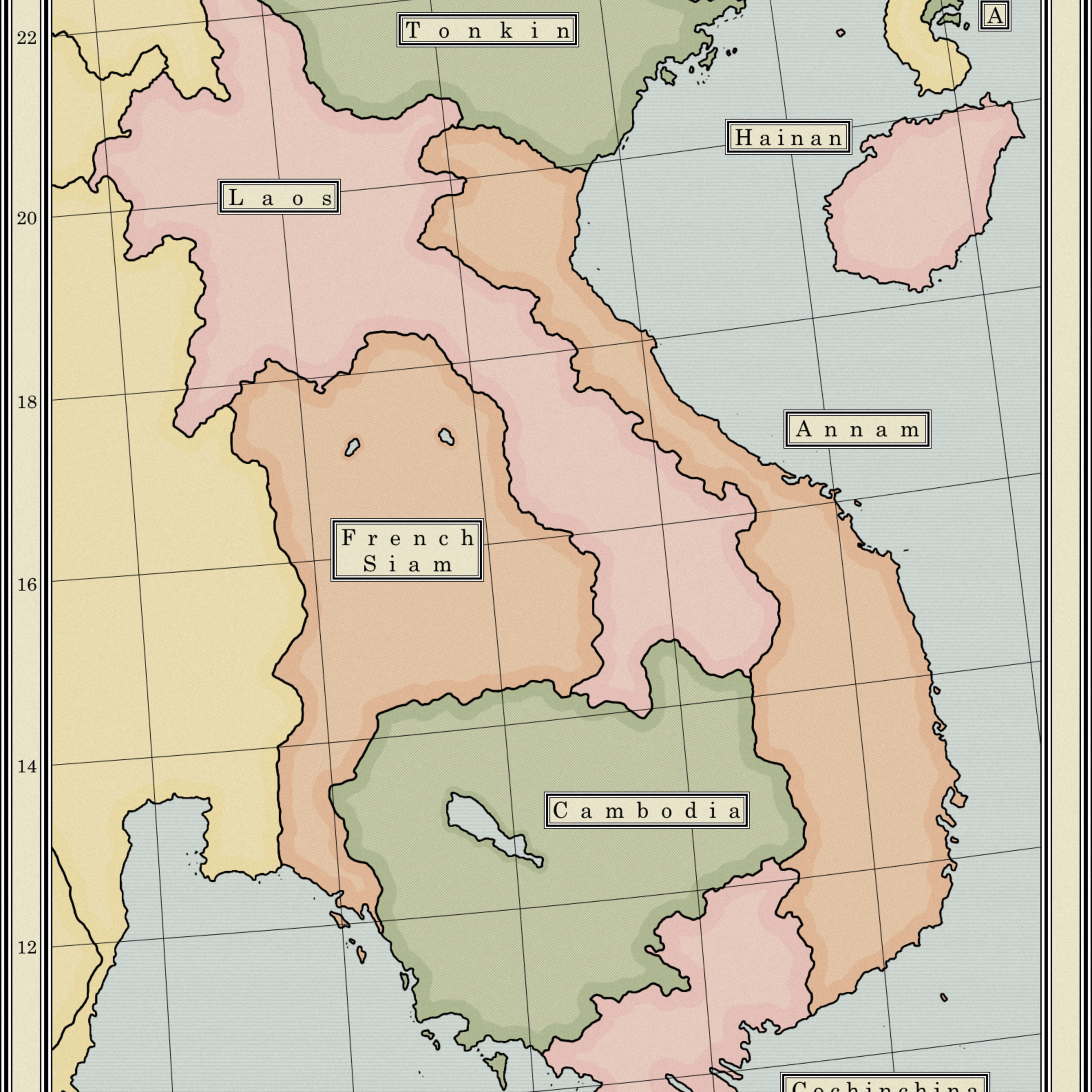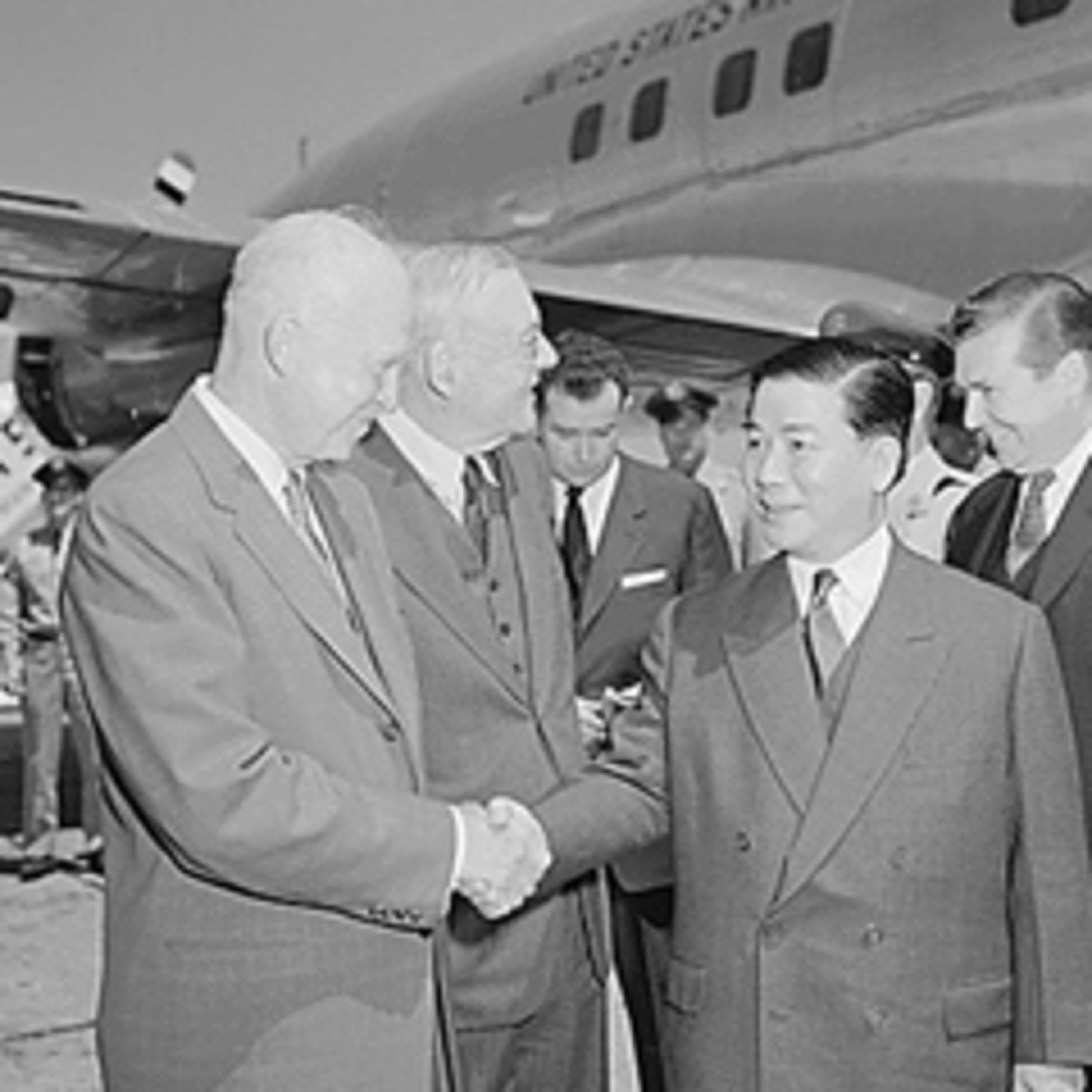Dwight Eisenhower: Trouble on the Horizon
During Eisenhower’s two terms as president, the landscape of Indochina, and Vietnam in specific, shifted drastically; and for the most part, Eisenhower navigated the burgeoning situation in Vietnam more effectively than many others may have in his position. On the precipice of independence, communist Vietnamese forces began encircling French forces at the remote village of Dien Bien Phu; France’s position in Indochina was teetering. France appealed to the U.S. for military aid in Vietnam, and many of Eisenhower’s contemporaries were fully willing to intrude militarily in Vietnam on behalf of the French in 1954. However, Eisenhower thought better, accurately foreshadowing in an NSC meeting that, “This war in Indochina would absorb our troops by the divisions!” (Greenstein 52). Fourteen years later, Eisenhower’s sentiments would prove to be right, proving Eisenhower at least partially aware of the impact hasty U.S. action would have in Vietnam.
However, Eisenhower’s administration oversaw many actions regarding Vietnam that would eventually prove to be major mistakes, forcing his successors to contend with a complicated situation in Vietnam. In 1954, he oversaw and supported the drawing of the 17th Parallel at the Geneva Accords, dividing Vietnam arbitrarily and illogically north and south and making the costly Vietnamese conflict rather inevitable. Additionally, Eisenhower’s administration threw an immense amount of monetary and advisory support behind South Vietnam and its corrupt but staunchly anti-communist President Ngo Dinh Diem. Eisenhower biographer Chester J. Pach Jr. observes astutely that, “Eisenhower considered the establishment of South Vietnam a significant Cold War success, yet his decision to commit U.S. prestige and power in South Vietnam created long term dangers that his successors would have to confront” (Pach Jr.).
Eisenhower’s decisions in Vietnam can be best described as a mixed bag; he showed an advanced understanding of the situation in Vietnam, beyond that of many of his contemporaries, in his decision to avoid U.S. military intervention in Indochina in 1954; however, his intense subscription to Domino Theory sentiments led him and his administration to commit intense and unwavering support to a shaky South Vietnam, planting the seeds for an eventual conflict in Vietnam, one that the U.S. might be forced to join.
Digital Media/Primary Sources
Below are a few videos of Eisenhower portraying is the overall mindset he and his administration adopted towards Vietnam during his presidency. The first is of Eisenhower welcoming South Vietnamese President Ngo Dinh Diem to the United States; the second is a speech by Eisenhower in which he warns against the expanding evil forces of communism, showing his commitment to the Domino Theory of foreign policy.




